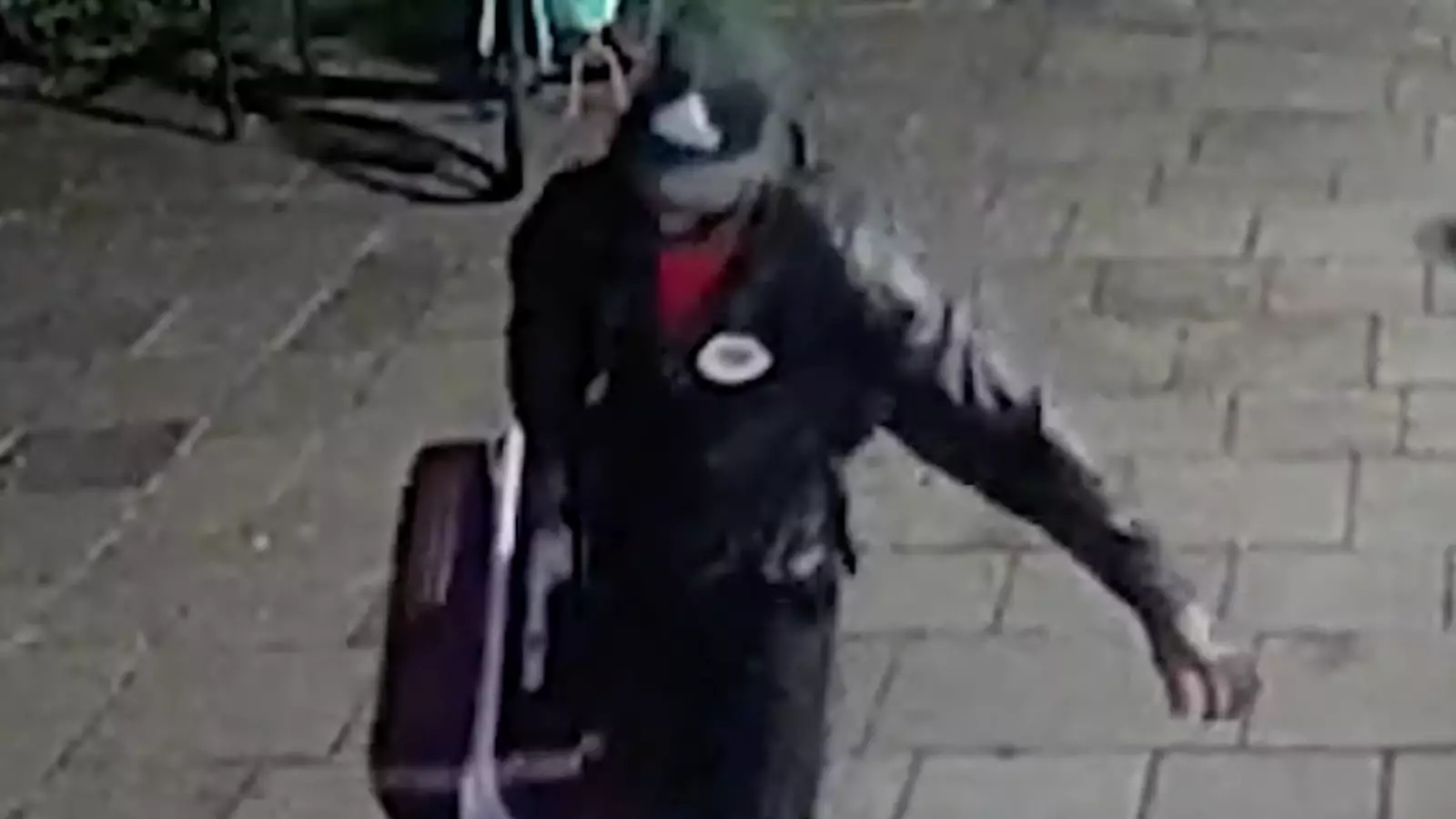In an era increasingly plagued by violence, the chilling case of Yostin Andres Mosquera exposes the raw depths of human depravity and societal failure. The gruesome murders of Paul Longworth and Albert Alfonso, carried out with savage precision, reflect a disturbing trend: that violence and cruelty are no longer distant headlines but phenomena that can unfold in the heart of our communities. The brutality—the decapitation, the dismemberment, the horrifying storage of body parts—serves as a grim reminder of the erosion of social decency and the importance of a justice system that remains vigilant and uncompromising.
Such acts do not occur in isolation; they signify deeper issues—failed mental health safeguards, immigration concerns, and a detachment from moral anchors that once held communities together. The fact that the victims’ bodies were displayed and manipulated with such cruel detachment underscores the extent to which violence has become dehumanized. Society must confront its complicity in fostering environments where such horrors can take root, even if indirectly.
The Power and Perils of Public Compassion
What makes this case particularly unsettling is the role of ordinary citizens, who, despite the horror before their eyes, attempted to intervene—mistakenly offering to help a double murderer rather than recognizing the menace. These individuals, caught in a whirlwind of shock and confusion, demonstrated genuine compassion, yet their actions left them traumatized. Their instinct to assist reflects a society that still clings to empathy, even as it falters in the face of terrifying realities.
This scenario reveals a paradox: that our innate kindness can be exploited or misdirected in moments of chaos. It raises critical questions about the limits of public intervention in violent situations and underscores the necessity for better community awareness and education. The tragic aftermath—traumatized witnesses—highlights societal failure not just in preventing violence but in protecting those who, out of good intentions, get caught up in the aftermath.
The Justice System and Society’s Moral Dilemma
The swift physical and legal response to Mosquera’s actions reflects the resilience of law enforcement, yet it also lays bare systemic shortcomings. The fact that the police had to confront such visceral horrors—opening suitcases containing severed limbs—underscores the relentless, often grim, reality officers face. It challenges the public perception that justice can simply be achieved through law enforcement alone; behind every arrest lies a failure of preventive measures in mental health, social services, and criminal justice.
Furthermore, the moral outrage surrounding such incidents conflicts with the more nuanced reality: societal factors, including the immigrant experience, socioeconomic pressures, and mental health crises, often intersect to produce such tragedies. Center-wing liberal perspectives argue for a balanced approach—one that enforces accountability but also questions whether society is doing enough to address the root causes of violence. Lingering stigmas and inadequate social support structures exacerbate these issues, making the path to prevention more arduous and complex.
Redefining Society’s Role in Prevention and Compassion
This case forces us to ask whether society is equipped to confront the harsh truths of human suffering and violence without succumbing to despair or apathy. It challenges the myth that justice alone can clean societal wounds. Instead, it suggests that proactive community engagement, mental health support, and comprehensive social reform are essential in preventing such acts from occurring in the first place.
There’s an urgent need for a societal reckoning—one that refuses to ignore the uncomfortable reality that violence, while individual in its execution, is often rooted in systemic neglect. A center-left liberal approach advocates for policies that foster social inclusion and mental health awareness, emphasizing that true justice entails addressing the conditions that breed such horror, not merely punishing the perpetrators.
In this dark tableau of human violence, there is a stark reminder: to protect our communities, we must be vigilant, compassionate, and unflinchingly honest about the flaws that make such atrocities possible. Preventing the next tragedy requires confronting uncomfortable truths and building a society where empathy is paired with accountability.


Leave a Reply